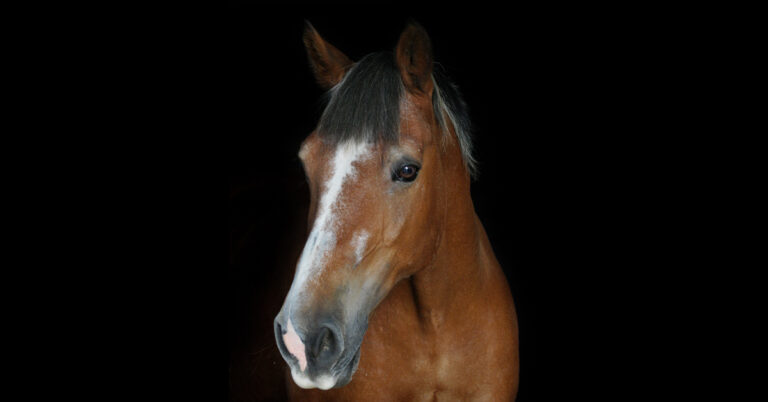The triad of warm temperatures, flooded lands, and aquatic vegetation highly favors the proliferation and maintenance of Pythium insidiosum, a pathogen of plants and, occasionally, mammals and birds. The disease, named pythiosis, has worldwide distribution in horses and has been known by different names according to geographical location: “bursatte” in India, “leeches” and “swamp cancer” in Australia and the U.S., and “ferida da moda” in Brazil.
In horses, the agent causes ulcerative, granulomatous lesions mainly in the cutaneous and subcutaneous tissues. P. insidiosum also causes gastrointestinal, ocular and disseminated forms of the disease in other animals.
In horses, skin lesions are more frequent in the limbs, chest and abdomen, parts which are in direct contact with water containing zoospores (the infective stage) of P. insidiosum. It is hypothesized that the zoospores are not able to penetrate the intact skin, but a small lesion such a mosquito bite is enough to allow entry. An association between lesion locations and areas of insect blood feeding has been demonstrated in horses.
While the pathogenesis of pythiosis is not fully understood, after an incubation time of 15-20 days, horses typically develop granulomatous, ulcerative lesions, marked by fistulas draining serosanguinous (blood and serous fluid) exudate. Lesions also contain firm and necrotic-gray material referred as “kunkers.” These kunkers contain viable hyphae (microscopic structures) that are important for differentiating the disease from equine sarcoid, squamous cell carcinoma, granulation tissue, and other lesions.
Pythiosis is not contagious. However, animals showing chronic debilitating disease might contribute to the life cycle of the pathogen during the drought by constantly expelling kunkers in the environment. Recently, P. insidiosum DNA has been detected from moist soil environments where the disease is endemic for humans.
Predisposing factors are not clear, but horses standing in ponds or flooded areas have an increased risk of contact with the agent. The epidemiology of the disease has been studied in the Brazilian Pantanal, which is considered the most endemic area of equine pythiosis in the world, with an average prevalence of 5%. The number of cases significantly increases in the rainy period, which is the summer in Brazil, highly favoring the development of the agent in the environment.
An early diagnosis of pythiosis is directly linked with favorable outcomes, mainly because treatment relies on the combination of radical surgical removal of affected tissues, chemotherapy, and immunotherapy. However, prevention is difficult. Neither the disease nor the immunotherapy triggers long-term protective antibodies. Hence, management of the animals should include avoiding wetland environments in warm seasons and close attention to difficult-to-treat, fast-growing wounds with a serosanguineous discharge.
This paper was written by Dr. Carlos E. Pereira dos Santos, Federal University of Mato Grosso, Brazil; Dr. Régis A. Zanette and Dr. Janio Morais Santurio, Federal University of Santa Maria, Brazil. The Equine Disease Quarterly is funded by underwriters at Lloyd’s London brokers and their Kentucky agents.








